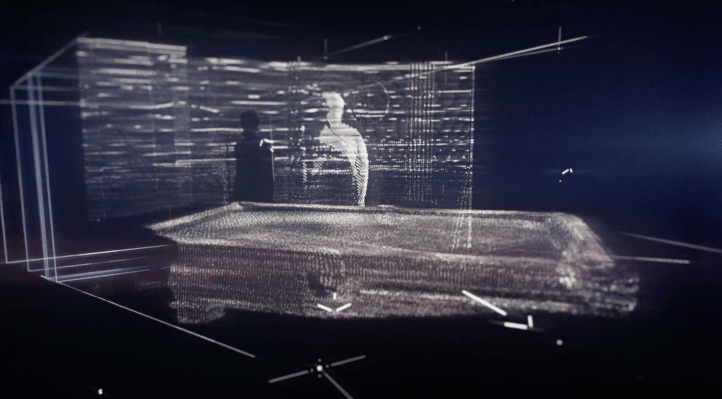Lytro is taking its rich, volumetric 3D camera capture technology into the world of TV and film.
The company’s light field solution is a truly beautiful technology that may eventually be in every camera we snap a shot or video with. The tech essentially uses data on all of the available light in a photo to separate objects by depth and store them in a three-dimensional grid. In the future this technology will allow the simple creation of VR-ready navigable 3D spaces, but right now it’s enabling filmmakers the ability to achieve a level of detail and flexibility in gathering shots and making post-production edits that wasn’t previously possible.
Today, the company introduced Lytro Cinema, which is the company’s effort to woo those in the television and film industries with cool camera technology that makes their jobs easier.
The Lytro Cinema camera gathers a truly staggering amount of information on the world around it. The 755 RAW megapixel 40K resolution, 300 FPS camera takes in as much as 400 gigabytes per second of data.
What that chunk of visual knowledge gives filmmakers is the freedom to make a number of creative decisions in post-production that would otherwise be impossible after they had pressed “record.”
Things like changing the depth of field, focus position, shutter speed or dynamic range can now take place after the fact thanks to the truly dynamic data being captured. Lytro believes that this tech is going to make the merger of CGI images and real-world footage even more seamless, and I believe it too.
A hefty portion of films today rely heavily on green screen technology to turn studio backlot environments into magical worlds. Lytro Cinema is implementing light field technology to create something called a “depth screen,” which allows filmmakers to capture green screen shots without actually having to place actors in green screen environments.
Because light field technology senses depth so accurately, the Lytro Cinema camera can just capture the world out to a certain distance and is essentially able to leave the rest of the shot transparent, allowing for post-production wizardry to seamlessly put an actor on the surface of the moon when they’re actually standing in a room surrounded by camera equipment.
Editing this kind of data is certainly a unique and formidable task, but Lytro has decided to make things as simple as possible for filmmakers who buy-in to the suite as their capture solution not only includes access to the camera, but a physical/cloud storage data stack and all of the software/plug-ins needed to make edits on the rich visual data.
This camera is essentially military-grade technology, so Lytro is initially working on getting this camera in filmmakers’ hands when they need it rather than selling the entire solution to studios. Lytro says rental packages start at $125k for utilizing the Cinema hardware/software suite.
If the name Lytro sounds familiar to you, it’s probably because you’ve heard about their consumer products which included a cute little colorful boxy camera and a more serious light field consumer camera.
While the consumer products may have gotten the company’s name in front of more people, Lytro has pivoted in the past year to working more with production companies to implement light field technology in their projects.
Lytro Cinema is the most “mainstream” effort yet from the company to introduce their light field technology to filmmakers. They’ve already presented their tech to filmmakers looking to make the most of stereoscopic 360-degree virtual reality filmmaking with their Immerge system, but with Cinema, Lytro is specifically seeking out more traditional television and film producers to taste the benefits of light field technology in as rich a way as possible.
